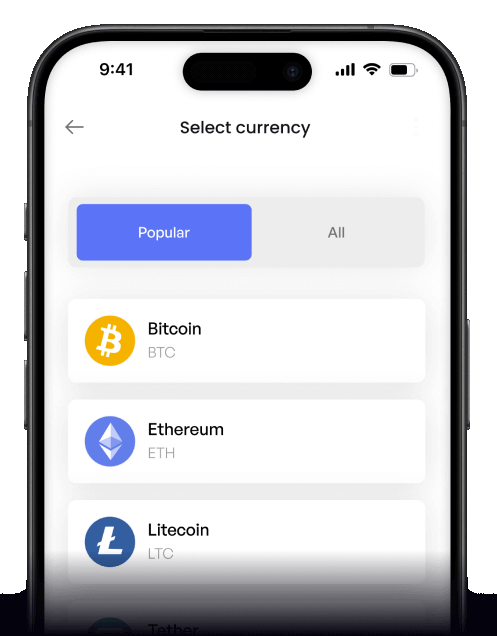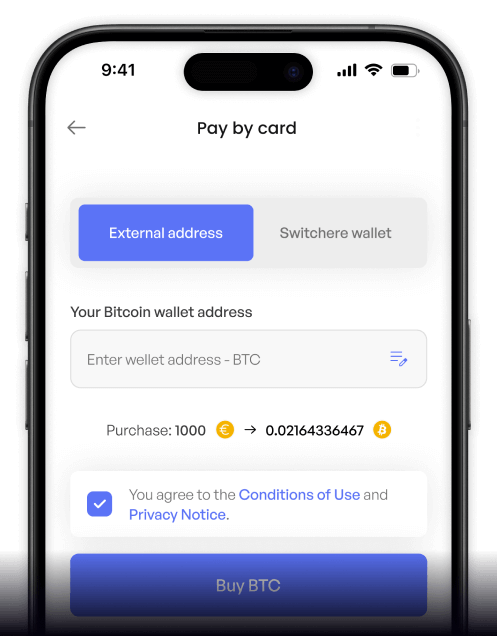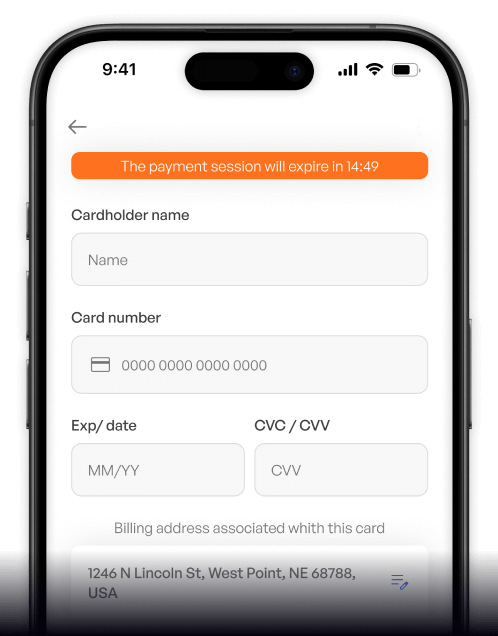Convert
Euro (EUR) to EOS (EOS) Instantly
Purchase EOS (EOS) with Euro (EUR) easily at Switchere and benefit from fast, secure transactions.
About
EOS (EOS)
EOS (EOS) is a third-generation blockchain platform engineered using the EOSIO open-source software, designed to support the development, hosting, and execution of decentralized applications (dApps) at scale. It aims to solve the scalability and usability challenges prevalent in earlier blockchain technology by offering high transaction throughput and a flexible governance model. The core of its architecture revolves around a Delegated Proof-of-Stake (DPoS) consensus mechanism, where token holders vote for Block Producers (BPs) responsible for validating transactions and maintaining the decentralized network. This system is designed to enable faster block times and significantly higher transactions per second compared to many proof-of-work networks.
A key distinguishing feature of EOS is its resource-based model, where holding and staking EOS tokens grants users and developers proportional access to network resources like CPU (computation) and NET (bandwidth), rather than requiring per-transaction gas fees. RAM, another critical resource for storing on-chain data, is traded on an open market. EOS supports smart contracts written in C++ and compiled to WebAssembly (WASM), providing a robust environment for complex dApp development. The EOS digital asset serves multiple functions: it's a utility token for accessing network resources, facilitates on-chain governance through voting for BPs and protocol amendments, and acts as a medium of exchange within its ecosystem.
EOS positions itself as a foundational Web3 infrastructure, striving to provide a developer-friendly and enterprise-grade platform. While facing a competitive landscape, its emphasis on scalability, a feeless-like user experience through resource staking, and its established smart contract capabilities allow it to support diverse DeFi applications, gaming platforms, and other on-chain solutions. The ongoing development of the EOSIO software and community-led initiatives continue to shape its role within the broader digital ledger space, focusing on enhancing performance and interoperability.
How to Buy EOS (EOS)
Popular Coins for Euro (EUR)
Other Coins for Euro (EUR)
Frequently asked questions
-
What does trading the EUR/EOS pair fundamentally involve?
Trading the EUR/EOS pair involves converting Euros (EUR), a fiat currency, directly into EOS tokens, the native cryptocurrency of the EOSIO blockchain. This digital asset purchase facilitates access to the EOS ecosystem, which utilizes a Delegated Proof-of-Stake (DPoS) consensus mechanism and is designed for high-performance decentralized applications (dApps) and smart contracts. This fiat on-ramp typically occurs on a cryptocurrency exchange. -
What are common methods for acquiring EOS tokens using Euros?
Common methods to acquire EOS with Euros (EUR) include using established cryptocurrency exchange platforms that offer a direct EUR/EOS trading pair. These exchanges act as a fiat gateway, often supporting Euro deposits via SEPA transfers, credit/debit card (EUR) purchases from a Eurozone bank account, or other regional payment solutions. Verifying KYC/AML compliance on these platforms is standard for secure trading. -
What key considerations, like KYC and payment types, apply when buying EOS with EUR?
Key considerations when purchasing EOS with EUR include mandatory KYC/AML compliance on most regulated cryptocurrency exchanges to ensure secure trading. For payments, SEPA transfers are a widely accepted and cost-effective method for Eurozone participants. While credit/debit card (EUR) options offer speed, they may come with higher fees. Understanding the resource allocation model (RAM, CPU, NET) of EOS accounts is also beneficial post-purchase. -
Why is the EUR/EOS pairing strategically important for accessing the EOS blockchain?
The EUR/EOS pairing is strategically important as it provides a direct fiat on-ramp for European users into the EOS ecosystem. This allows seamless investment and participation in a blockchain known for its scalability, low latency transactions, and robust smart contract platform capabilities powered by WebAssembly (WASM). It simplifies entry for developers and users looking to leverage EOS's unique governance model and Delegated Proof-of-Stake (DPoS) features without intermediate crypto conversions. -
What are typical fee structures and processing times when using EUR for EOS purchases?
Typical fees when using EUR to purchase EOS can include exchange-specific trading fees, deposit fees for EUR (especially for card transactions versus SEPA transfers), and withdrawal fees for EOS tokens. While EOS blockchain transactions aim to be feeless for end-users by utilizing a resource allocation system (CPU, NET staked by users/dApps), the initial digital asset purchase involves these costs. SEPA transfers generally process within 1-2 business days, ensuring relatively quick access to the order book liquidity.






